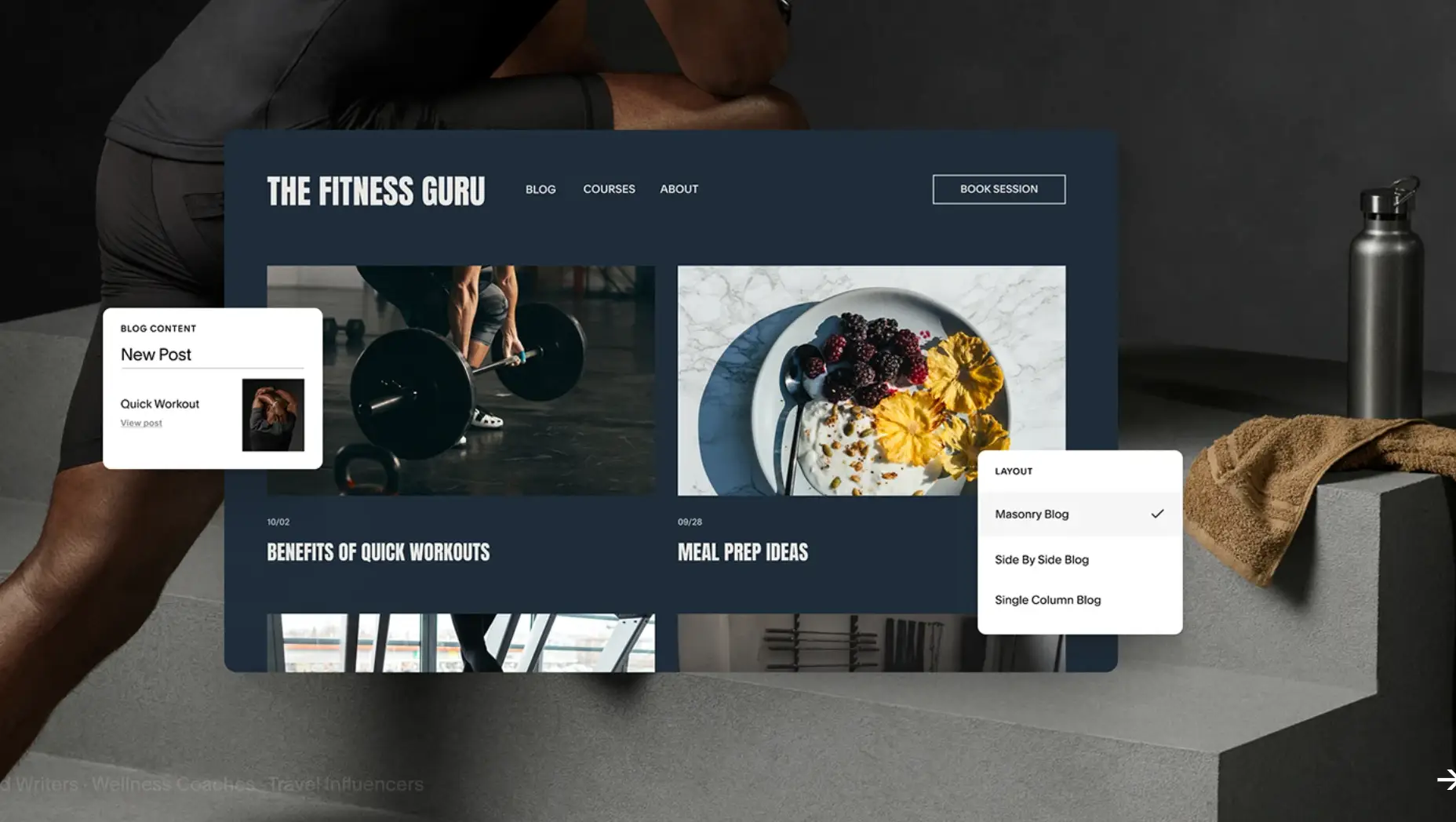Updating Content Guide: Refreshing Old Content Without Losing Its SEO Value
Updated on
Published on

A smart content refresh strategy helps you refresh old content so it wins again—without breaking what already ranks. This guide shows updating content for SEO step-by-step: what to change, what to leave alone, and how to refresh content without losing SEO signals like URL equity, internal links, and rich results.
1) Pick the right pages to refresh (impact first)
Start with pages that already have impressions or backlinks but slipping clicks or rankings. Use Search Console to find posts with declining CTR, queries you nearly rank for (positions 4–15), and mismatched intent—prime targets for updating content for SEO (use Performance → compare date ranges). This keeps your content refresh strategy focused on wins, not rewrites that won’t move the needle (Google Search Console).
- Target pages with impressions or backlinks that have declining clicks.
- Focus on queries ranked $4$–$15$ for the best chance of quick wins.

2) Reconfirm search intent before you edit
SERPs evolve. Recheck the top results: are they how-tos, lists, tools, or news? Match structure and depth accordingly so you refresh old content to the intent Google rewards now, not last year. Google’s “helpful, reliable, people-first content” guidance is your filter—answer the query clearly and cite primary sources (Google Search Central).
- Check the current top search results to see their format (e.g., how-to, list).
- Adjust your content structure and depth to match the current search intent.
3) Preserve the winning signals (keep the URL, keep equity)
The safest way to refresh content without losing SEO is to keep the same URL, maintain internal links, and avoid unnecessary migrations. If you must move, use a 301 and update canonicals and sitemaps so Google can pass signals to the new location (Google Search Central).
- Keep the original URL to preserve existing SEO equity.
- Use a $301$ redirect and update sitemaps if you absolutely must change the URL.

4) Upgrade the answer, not just the adjectives
Replace thin paragraphs with tighter explanations, current citations, and scannable sections (H2/H3, bullets, tables). Users read by scanning; making copy concise and structured improves measured usability by 124%—a quality boost that supports updating content for SEO (Nielsen Norman Group).
- Replace thin paragraphs with clear, concise, and tighter explanations.
- Use H2/H3 headings, bullets, and tables for better scannability.
5) Modernize titles, meta, and schema—without bait-and-switch
Tune the title and description to match current queries and add or fix schema (FAQ/HowTo/Product/Article) to retain rich results after you refresh old content. Use only markup that reflects visible content; invalid or misleading schema can cause loss of enhancements (Google Search Central).
- Update your title and description to align with current search queries.
- Add or fix schema markup (e.g., FAQ, HowTo) to retain rich results.

6) Update facts, dates, and sources (be specific)
Swap outdated stats, screenshots, pricing, and laws with current, primary references. If you show a date, ensure a real update—not cosmetic changes—so refreshing content without losing SEO credibility remains authentic (Google Search Central).
- Swap out all outdated statistics, screenshots, pricing, and laws.
- Ensure that any visible date change reflects a genuine, substantive update.
7) Improve speed and stability while you’re in there
A refresh is the perfect time to compress images (WebP/AVIF), lazy-load below-the-fold assets, and set width/height to prevent layout shift. On mobile, 53% of visits are abandoned if a page takes longer than 3s—speed is part of your content refresh strategy and value in marketing (Think with Google). For thresholds target LCP ≤ 2.5s, INP ≤ 200ms, CLS ≤ 0.1 (web.dev).
- Compress images using modern formats like WebP or AVIF.
- Set image dimensions to prevent layout shifts (CLS).

8) Strengthen internal links and fix cannibalization
Point fresh internal links (descriptive anchors) from related pages to your updated asset, consolidate overlapping posts, and set canonicals where needed. This concentrates relevance and prevents pages from competing after you refresh old content (Google Search Central).
- Add new internal links with descriptive anchor text to the updated page.
- Consolidate overlapping content to prevent pages from competing.
9) Use lastmod and sitemaps correctly
After updating content for SEO, submit your updated XML sitemap and ensure lastmod reflects the real edit date (not every deploy). This helps crawlers prioritize recrawling while keeping your content refresh strategy transparent (Google Search Central).
- Submit your updated XML sitemap to notify search engines of changes.
- Ensure the lastmod date accurately reflects the final edit date.
10) Reindex smartly and watch the right metrics
For major refreshes, use the URL Inspection tool → “Request indexing,” then monitor impressions, CTR, and average position for key queries over the next 2–4 weeks. Track rich result eligibility and Core Web Vitals in parallel so you can prove your refreshing content without losing SEO worked (Google Search Console).
- For major changes, use the URL Inspection tool to request indexing.
- Monitor impressions, CTR, and average position for $2$–$4$ weeks.
11) Add media that answers faster (and loads faster)
Short step videos, diagrams, and comparison tables can lift dwell time and clarity. Mark up videos and FAQs so they can surface as enhancements; compress and preload hero media to protect speed while updating content for SEO (Google Search Central, web.dev).
- Include short step-by-step videos or clear diagrams to boost clarity.
- Mark up videos and FAQs with schema to allow for enhanced search results.

12) Avoid the common pitfalls
Don’t change URL slugs casually, don’t remove sections other pages link to without adding redirects/anchors, and don’t reset the publish date without material changes. These mistakes cause ranking volatility when you refresh old content (Google Search Central).
- Do not change the URL slug unnecessarily or without a strong reason.
- Avoid resetting the publish date unless you have made material changes.
FAQ
What should I refresh first?
Pages with traffic, links, and slipping CTR—prioritize by business value.
Will changing the date help rankings?
Only if you made substantive updates; otherwise it can hurt trust.
Should I change the URL?
No—keep it when possible; if moving, use a 301 and update canonicals and sitemaps.
What technical items matter most in a refresh?
Speed (LCP/INP/CLS), valid schema, internal links, and correct lastmod.
How soon will I see results?
Often within 2–4 weeks after recrawl; watch impressions/CTR in Performance reports.
Refresh for more clicks, not less
A disciplined content refresh strategy is less about rewriting everything and more about improving the right things: intent match, clarity, proof, structure, speed, and links. When you refresh old content with these steps, you’re updating content for SEO while protecting equity—refreshing content without losing SEO value you’ve already earned.







